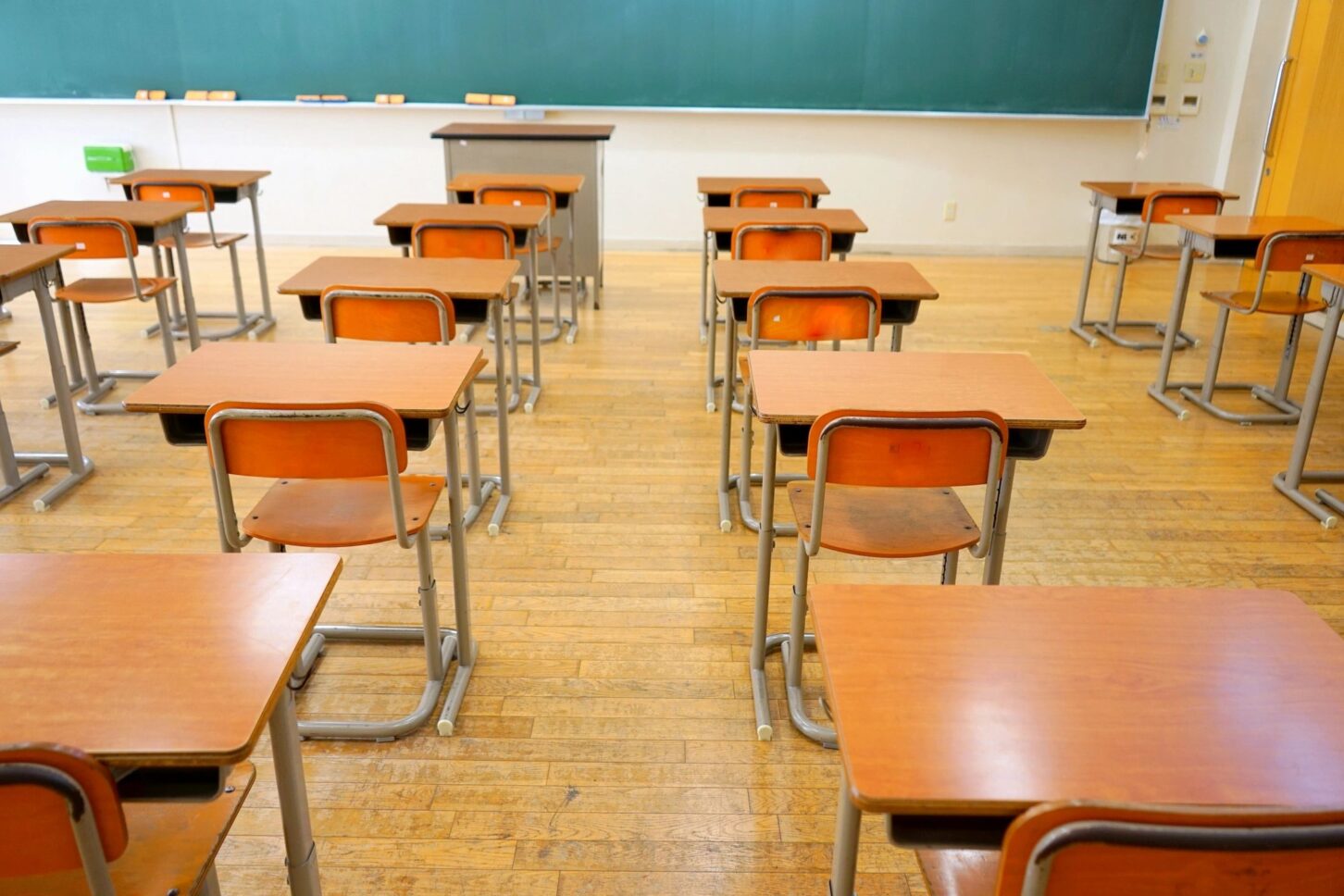
With more school districts around the country announcing classes either of full-time remote learning or hybrid learning where children spend up to a week at home at a time, increasing numbers of parents are taking matters into their own hands.
Some are forming “pandemic pods,” a do-it-yourself approach to restarting children’s academic progress and social lives. In these learning pods, families “bubble” together in small, closed groups to provide and share childcare, curriculum, or both. A similar response is occurring among online education technology providers and platforms, which are adapting in real time to create a dynamic ecosystem to serve parent needs.
In some cases, parents are using tools like Facebook – the main “Pandemic Pods” Facebook group had nearly 40,000 members in mid-August – to essentially start their own one-room schoolhouses. Families are recruiting teachers to lead their pods and paying as much as $125,000 under these arrangements – more than most teachers make in an ordinary year.
In other cases, parents are depending on existing online programs to provide instruction for their pod. For curriculum, some families are remaining enrolled in their district school but following that program in their pod. Others are enrolling their children in virtual schools, such as the public charter and private-school programs run by K12, Inc., Connections Academy or Laurel Springs School.
Although the efficacy of virtual schools, particularly those in the charter sector, has come under attack, families’ willingness to try these types of programs appears to be changing. Relative to the remote learning options a traditional district school is cobbling together, the offerings of virtual charters often look quite robust in comparison, as they provide both curriculum and teachers.
Other families are taking nontraditional pathways by enrolling in so-called micro-schools, which function as modern-day one-room schoolhouses and many of which use blended learning in their models such as Prenda Learning and MyTechHigh. Or families are assembling their own curriculum through online providers like Khan Academy, ABCMouse, The Emile School, and Outschool. Outschool CEO Amir Nathoo said the company’s enrollments have soared to more than 300,000, compared to 80,000 total in the three years through mid-March 2020.
Prenda Learning, which creates groups of five to 10 students in grades K-8, has seen its enrollments quadruple in the past year. Prenda partners with charter schools in its home state of Arizona to provide micro-schools tuition-free. For learners who live outside Arizona, Prenda offers a homeschool option called Prenda Family, which offers full curriculum, training and support for $100 a month per student.
MyTechHigh, which partners with public schools to offer a full curriculum for K–12 learners at no cost to the family, is experiencing similar rapid growth. More than 12,000 students are now enrolled in five states: Utah, Colorado, Idaho, Tennessee and Arkansas. Founder and CEO Matt Bowman said the company will be able to offer its programming in more states soon.
The short-term trends since the pandemic are clear. In addition to the enrollment increases in virtual schools and online education resources, homeschooling is also poised to grow sharply. Nationwide, the National Home School Association expects the number of homeschooled students to increase to as much as 10 million in 2020–21, according to executive director J. Allen Weston.
The question is, will this enthusiasm for micro-schools, homeschools, and learning pods have any lasting impact beyond the pandemic? It’s easy to assume that these changes won’t last. But there are three elements at play that suggest there could be a more meaningful long-term impact beyond school districts simply offering more online courses in the future.
First, many students and families were not necessarily getting what they want from their children’s pre-pandemic school arrangements. According to research conducted for the National Association of Independent Schools, many families choose the schools they do so their children can learn in likeminded communities, whether that means a school that prioritizes social and emotional development or one with a laser focus on academic achievement. With micro-schools allowing families to customize their children’s education to an even more fine-grained level, some may conclude that’s a better fit.
Second, families and organizations pivoting to support pods are moving quickly to address concerns about equity. Many pods have been formed outside of districts. That has alarmed advocates for low-resourced families. Some groups and educators are trying to create partnerships to level the playing field. For example, Altitude Learning, formerly AltSchool, was serving 300,000 students in districts before the pandemic. Now the company is seeking to partner with entities to create pods in collaboration with school districts and help pods become more accessible and affordable.
Liability concerns may render these efforts dead on arrival in most districts, but any traction in the public sphere – such as what the Adams 12 Five Star Schools district is doing in the Denver metropolitan area by supporting pods – could build support for more customized schooling arrangements in the longer run. In a similar vein, taxpayer-funded education savings accounts could also help level the playing field.
Finally, though one of the purported benefits of schools is the custodial care they provide, for many working parents, the coverage is lousy. Any durable changes in our system of education will have to better match a traditional workday. If the pandemic produces more creative options that extend learning and socialization for children while truly meeting parents’ needs, there’s a better chance that those changes will outlast our eventual return to school.